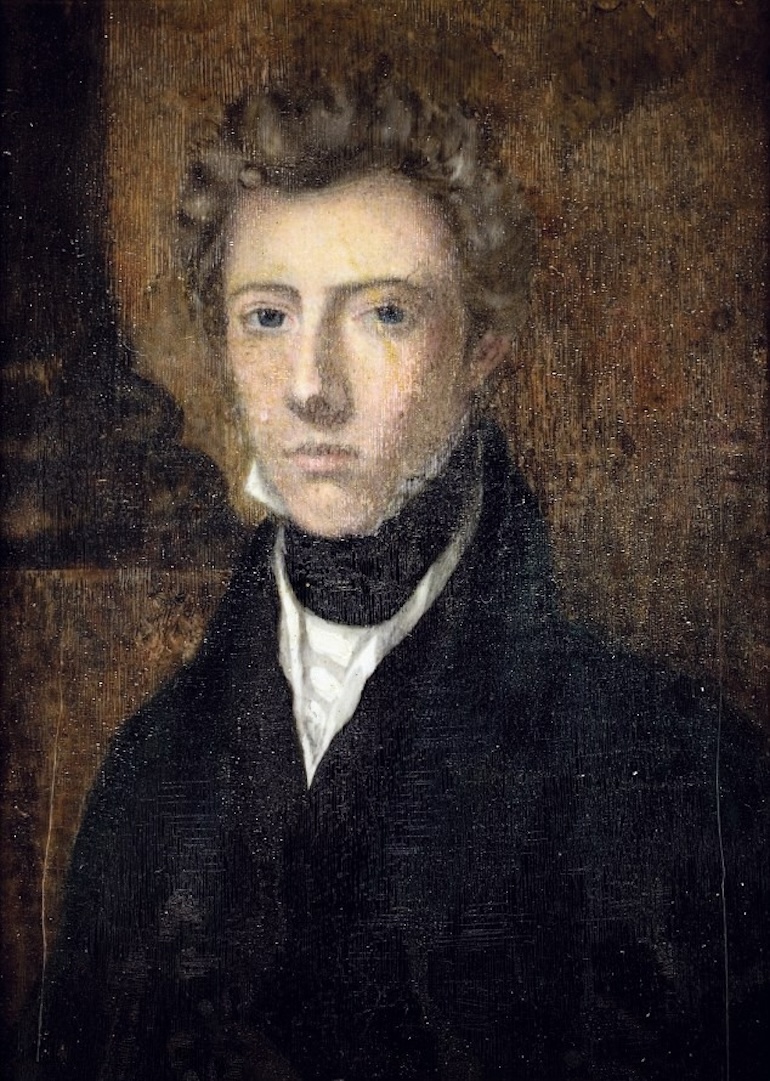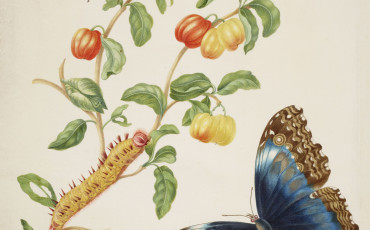I recently visited The National Portrait Gallery, which re-opened in June 2023 to much fanfare – and it is duly deserved. It was apparent whilst viewing the rooms that more women across the centuries were featured. Before the gallery’s closing in 2020 for refurbishment, exhibits and images of women were approximately 20% of the collection; now, it is 48%!
The experience was amazing, and I encourage you to visit. One display of women called Work in Progress celebrated 130 women and their known achievements. I came away thinking about others who were not included. Today, it is hard to imagine that there was a time when women had to disguise their gender to fulfil their ambitions and survive in a male-dominated environment. I discovered a few examples over the years, and their stories are fascinating. We know about women authors who resorted to pseudonyms – Jane Austen, who used ‘A Lady,’ Charlotte Bronte used Currer Bell, and Mary Ann Evans published her works under the name of George Eliot. These women wanted recognition and respect for their written works but had to disguise their gender. What about women who wanted to have adventures, be in the army or go to sea? To study and become a doctor in the sciences and be accepted as an equal despite the difference in gender? The male response was No! The doors were firmly closed to them.
 Work in Progress at The National Portrait Gallery in London. Photo Credit: © Ursula Petula Barzey.
Work in Progress at The National Portrait Gallery in London. Photo Credit: © Ursula Petula Barzey.
Margaret Ann Bulkley Breaks the Rules
Margaret Ann Bulkley defied the established view of women and became one of the most highly respected surgeons of her day and the highest-ranking doctor in the British Army, reaching the rank of lieutenant colonel. Never heard of her? Well, it is not surprising as she lived her life for nearly fifty years disguised as a man and used the name James Barry. Her secret was only discovered after her death in London in 1865. This discovery was hushed up by both the Army and the Royal College of Surgeons for nearly a century. They were embarrassed that Margaret had undermined their longstanding concept that only men were capable of doing the work she had engaged in. I read about her many years ago, but another book published in 2016, Dr James Barry: A Woman Ahead of Her Time, uses a wealth of archive material never previously considered.
Margaret was born in Cork, Ireland, in 1789, but her birth date varies according to other official documents. She was a lively young girl and told her brother that she would have become a soldier if she had been born a boy. Fleeing poverty with her mother, Margaret left for England when she was fifteen years old. She sought out her uncle, James Barry RA, hoping for financial help. He refused, but on his death, she inherited some money, enough for Margaret to decide that she wanted to become a doctor. With the help of her uncle’s friends, she used his name and applied to the University of Edinburgh.
Disguised as a young man called James Barry, she was admitted to Edinburgh University and made history as the first woman in Britain to graduate as a medical doctor in 1812. Margaret moved back to London for a six-month stint as an apprentice surgeon at St Thomas’s Hospital and, in 1813, joined the Army. There was no turning back; as a woman wanting to be a soldier or a doctor, these roles were strictly off-limits. Margaret worked hard to keep her true identity secret. She wore an overcoat to disguise her womanly curves and broaden her shoulders using small towels. She lied about her age to explain her smooth chin and high voice. Standing less than 5ft tall, she wore stacked heels and had to have three-inch soles fastened to her boots to make her appear taller. She was fairly disciplined; she did not drink and was a vegetarian. Whilst serving abroad in St Helena, it is documented that Dr Barry regularly travelled with a goat for its milk.
 Margaret Ann Bulkley aka James Barry. Photo Credit: © Public Domain via Wikimedia Commons.
Margaret Ann Bulkley aka James Barry. Photo Credit: © Public Domain via Wikimedia Commons.
The Achievements Of ‘Dr James Barry’
It is incredible to learn what Margaret achieved despite the ever-present threat of her secret being revealed. This is a summary of what as Dr James Barry achieved:
- She was the first British surgeon in medical history to perform a successful Caesarean section, saving the lives of both mother and baby.
- Appointed Inspector General of military hospitals – she was the first woman to rise to the rank of general in the British Army. Barry’s commission, signed by Queen Victoria, still exists.
- She was the first woman to become a member of The Royal College of Surgeons of England, ninety-eight years before the RCS officially admitted women.
- While stationed in Saint Helena, Napoleon Bonaparte summoned Dr Barry to treat the son of his private secretary.
- A reformer campaigning against poor sanitation and overcrowding in prisons and army barracks from South Africa to Jamaica. During the Crimean War, Dr Barry clashed with Florence Nightingale in Scutari. Nightingale described Barry as ‘the most hardened creature I ever met throughout the Army.’
The Secret is Discovered – but Only After Her Death
Life as Dr James Barry was a succession of audacious firsts for which we must acknowledge Margaret as a true pioneer. She retired from the Army due to ill health. Keen to maintain her secret, Margaret gave instructions that she be buried in the clothes she died in and without examination. A charwoman used to lay out the dead, possibly ignorant of the instructions, then discovered the truth. The revelation was first reported in Dublin and then spread across Britain and the Empire. Those who had worked or met Dr Barry received the news with a mixture of shock or confirmation of their suspicions.
Margaret Ann Bulkley lies buried in Kensal Green cemetery, and her gravestone is marked: ‘Dr James Barry, Inspector General of Hospitals, Died 26 July 1865, Aged seventy years.’







Leave a Reply